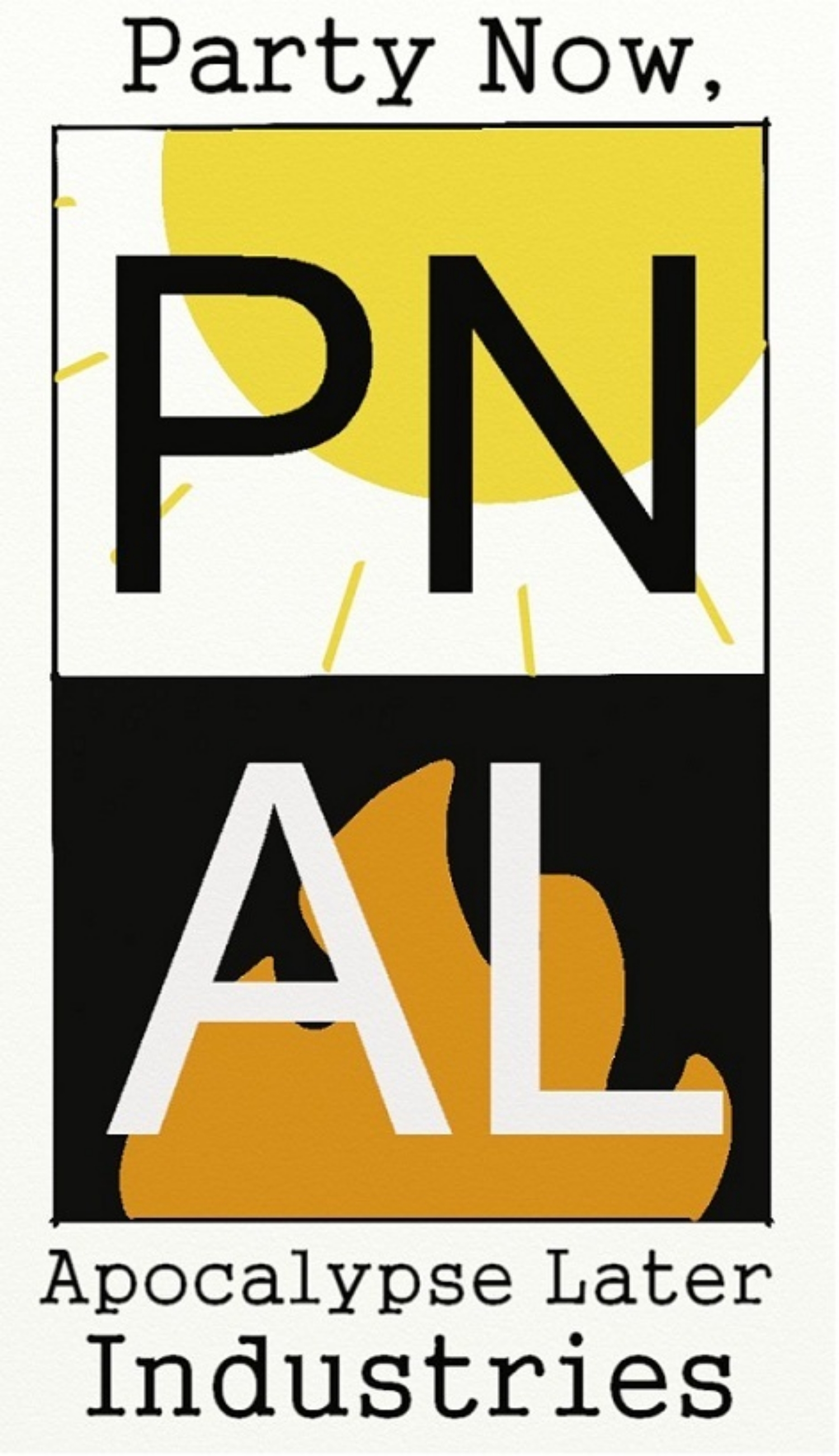Director: Robert Zemeckis
Cast: Michael J. Fox, Christopher Lloyd, Lea Thompson, Elizabeth Shue
Have I Seen it Before: It was probably on constant repeat in my house throughout the 90s. I would try to venture a guess as to how many times I’ve seen it, but I’d need a team of MIT mathematicians to crack the final number.
Did I Like It: That’s the real question, isn’t it?
Almost immediately upon release, the film was dismissed as somewhat incomplete. Even director Zemeckis eventually claimed that in the mad marathon to make this film and Back to the Future Part III (1990) in quick succession, Part II got the short shrift.
After the final film in the series (hear me, Universal? Final.) was released, Part II got a slight re-evaluation, and was damned with a healthy dollop of faint praise. No longer an incomplete story, it was viewed as Act II of a larger story.
And that’s where we are now. I’ve been on the record in years past saying that the Back to the Future trilogy is the greatest six-hour movie that could theoretically exist. After repeat (and I do mean repeat watchings), I’ve changed my mind a little bit. While the original Back to the Future is one of the more tightly constructed stories ever committed to film, the fat on the sequels begin to show.
Whereas the first film is a masters class in set up and payoff, culminating in real change for the characters, the sequels are too often committed to the notion of repeating gags from the previous film, and having Marty (Fox) consistently run afoul of his own irrational hate for being called a chicken.
Now, don’t get me wrong, those elements do work to some degree. The repeating elements—if viewed through any other prism than it reeks of studio notes to have the movies superficially resemble the original—could be looked at as a motif of the characters struggling to learn from their own past, and thus doomed to repeat it, regardless of their ability to travel amidst the fourth dimension. Someone could write a pretty in-depth analysis of this reading of the sequel from a Buddhist perspective, but please, don’t let it be me. And those motifs are only dropped when Marty—a character who diligently avoids anything resembling an arc throughout the whole trilogy—finally lets go of his ego.
It’s just not as tight as the first film, but then again few sequels are. But, to judge the series—and by extension, this film—against the other big trilogies (Star Wars, Indiana Jones, heck, even Star Trek’s II-IV), Part II delivers on the promise to be the darker entry. It becomes clear that any progress the characters made in the original film is tenuous, and could be torn asunder by their own complacency and a few well-timed bullets.
Also, there’s an entire plot wherein a hapless, mean-spirited oaf falls ass-backwards into becoming a casino and real estate tycoon (and by extension, one of the most powerful men in America), so you can’t get much darker than that.
But, I think the bigger test of the middle-entry of a trilogy is whether or not it is the breakneck adventure of the trilogy. The Empire Strikes Back (1980), Indiana Jones and the Temple of Doom (1984) and Star Trek III: The Search for Spock (1984) begin their stories and do not let up until the closing credits and the faint hope of a part three rings through our imaginations, all the while bringing their characters so close to the breaking point, that the catharsis of a conclusion is all that remains. On that front, Back to the Future Part II more than delivers. While one may want more of a complete story out of the proceedings, you can’t argue with the adventure of the pacing on this one.

